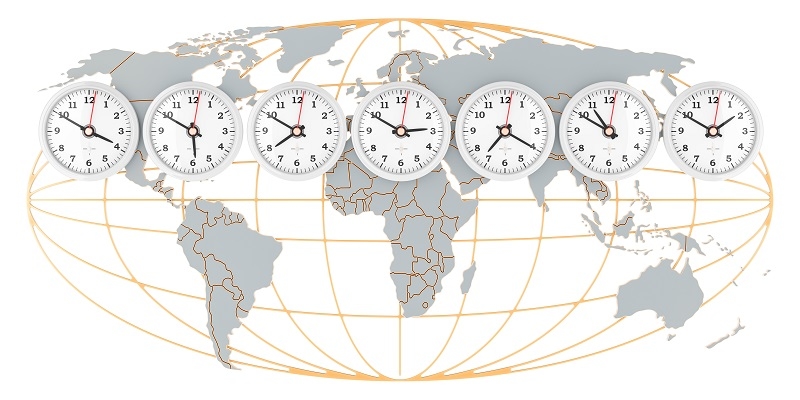
In our interconnected worldwide area, an understanding of global timetables is essential for possibilities, international connectivity, and tour-making plans. Periodic styles are percentages of areas of the earth that share identical continuous time, typically primarily based usually on this planet’s cycle and range. Coordinated Universal Time (UTC) is the global reference, with local instances expressed as offsets. Daylight Saving Time (DST) adjusts clocks seasonally to maximize daylight. Navigating time zones can be difficult because of versions in DST observance and one-of-a-kind regional practices. Tools like world clocks and time converters help ensure correct scheduling across multiple time zones, enhancing worldwide coordination and connectivity.
Zone time is an area on Earth that maintains equal time for crime, business, and social activities. The concept of time management was provided in the nineteenth century to regulate time as the world became interconnected through railroads, telecommunications, and global trade. Before time, intelligence in this area was used, and it varied from city to city.
The Earth is divided into 24 time zones, each usually corresponding to one hour of time. These zones are entirely dependent on the rotation of the Earth, with each zone extending to a distance of 15. The prime meridian in Greenwich, England, acts as a reference point, known as Greenwich Mean Time (GMT) or Universal Time Coordinated (UTC). ) Time zones appear as UTC offsets, including 3 UTC or 5 UTC.
Daylight Savings Time (DST) was developed in some areas, with hours advanced during the summer to maximize daylight hours. However, not all states or provinces follow DST, and some may also have offsets of half an hour or even forty-five minutes. Time management is important for travel, global communication, and business activities. Tools such as global clocks and quarter-time adjustments help people cooperate in specific areas to keep confusion and policy conflict at bay
Before the advent of fixed timelines, regions meant that the use of time had changed. For example, each city or town set its clocks based on the position of the sun. These devices worked well for local communities but were complicated by the advent of the railroad and telegraph, which required fixed and established time and keeping time communication.
1884 the International Meridian Conference was held in Washington to establish a worldwide timekeeping commander. The starting point for the time series since the collision is exactly the prime meridian (zero degrees longitude) at Greenwich. The world was then divided into 24 time zones, each with an hour.
Coordinated Universal Time (UTC) is not unusual for time zones around the place. All time structures have a base, based mainly at the time of the prime meridian (zero° longitude) at Greenwich, England. UTC is configured no lower than Daylight Time (DST), making it the definitive reference factor for recreation schedules worldwide.
UTC uses a combination of atomic time (TAI) and astronomical observations to indicate downward changes in the Earth’s rotation. Time is common in air travel, computer systems, telecommunications, and many other industries that require special meetings. Unlike time zones, which can vary from region to region and the time zone for DST, UTC remains fixed year-round.
Time zones are displayed in UTC phrases with UTC 2 or UTC 5. These offsets to the front or rear of UTC indicate the magnitude of change that a selected region sees. For example, if the channel is 12:00 PM (noon) UTC, it's far from 7:00 AM in New York (UTC-5) and nine:00 PM (UTC nine) in Tokyo. One of the principal benefits of UTC is its potential to integrate a worldwide time zone device. It allows worldwide planning, communication, and medical research, making sure that human beings and buildings across the arena can perform their video games flawlessly,y irrespective of geography
Daylight Saving Time (DST) is the exercise of adjusting clocks ahead via one hour throughout the hotter months, generally in spring and summer time, to make better use of daylight in the evenings. The concept behind DST is to extend night daylight, decreasing the need for synthetic lights and potentially saving strength. It is usually set one hour forward in spring ("pre-spring") and one hour back in fall ("fall back").
The origins of DST date back to World War I, when it was first used in Germany to conserve fuel. Many states went with health, although its use has been debated. Today, international locations like the United States, awful parts of Europe, and parts of Canada see DST simultaneously as many other countries, particularly near the equator, do not because they experience relatively strong daylight throughout the year.
Start and end dates for DST vary from country to country, making it difficult for international coordination. For example, in the U.S., DST starts on the second Sunday in March and ends on the main Sunday in November, while in the EU, it starts off on the remaining Sunday in March and ends on the last Sunday in October. Critics of DST argue that power and savings are limited and that disrupting sleep schedules can have adverse health effects. Even so, DST is still used in many aspects of the field.

As the world becomes more inclusive, they consider how timetables can be simplified or eliminated. Some proposals allow unmarried international time zones, including UTC, for all international games. However, such changes may require significant changes in daily life and should not be made by fate.
Understanding global time zones is essential to navigating our interconnected international networks. One can appropriately capture time in specific locations by knowing the basic elements of part-time filmmaking, the records behind it, and the challenges faced. With the help of modern equipment and time, it has never been so easy to preserve a theatrical structure. Whether in the form of commercial and industrial facilities, travel, or informal exchanges, learning interventions promise a sustainable international community with green connections.
This content was created by AI